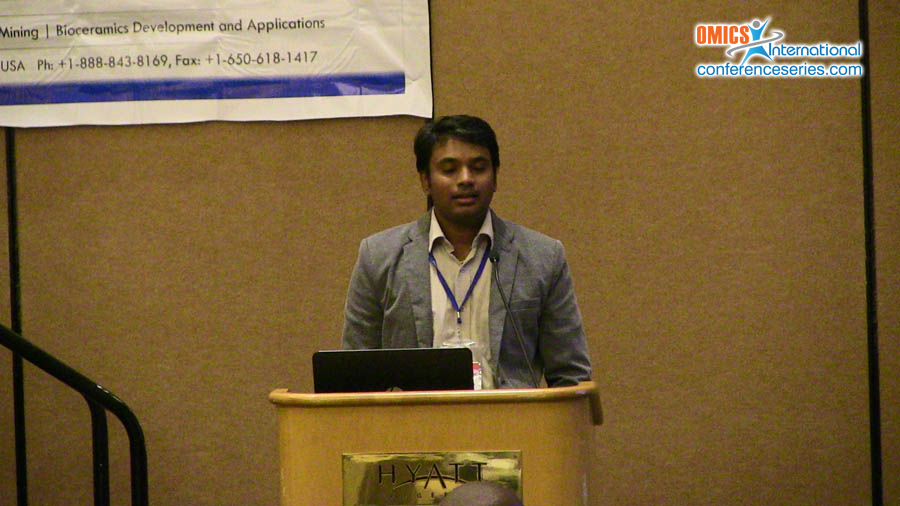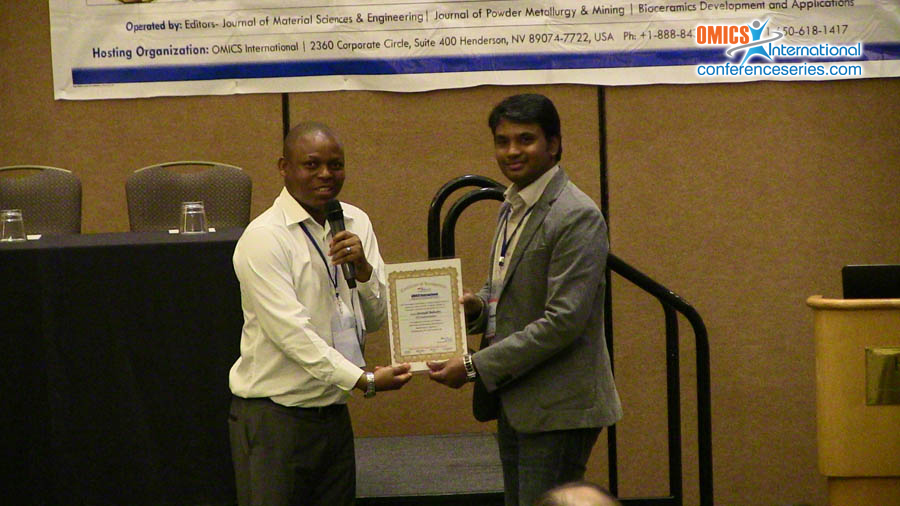
Biography
Biography: Sreenath Bolisetty
Abstract
Protein aggregation plays major role in many aspects ranging from food, material and health science. We will discuss the understanding of the association processes converting globular proteins into amyloid like protein fibrils and I will emphasize how these fibrils can act as a template to build functional hybrid nanomaterials. β-lactoglobulin, the major globular whey protein, aggregates at low pH and cause the formation of fibril-structures. These β-lactoglobulin fibrils act as build blocks to prepare hybrid inorganic nanomaterials through biomineralization process. These inorganic hybrid materials have extraordinary physical properties such as conductive, magnetic and optical properties, and can serve multiple tasks, ranging from optoelectronics, sensors to delivery vehicles in living cells.
As an example, we will discuss, how gold single crystals were produced by reducing an aqueous solution of chloroauric acid by β-lactoglobulin fibrils. Remarkably, these single crystalline gold crystals show auto fluorescence and conductivity of their layered films respond to the presence of water, opening the road to possible applications in water sensing and water responsive actuators. In another example, these fibrils act as building blocks to produce TiO2 hybrid nanowires from the Ti- precursors, blending these electron accepting TiO2 hybrid nanowires with the electron donor semiconductive polythiophenes allowed designing the active layer for heterojunction photovoltaic devices. Additionally, these fibrils can be used as nanoreactors for the synthesis of several metal nanoparticles (gold, silver, palladium and iron). Interestingly, these resulting hybrids also play a central role in the internalization of nanoparticles into living cells, with up to 3-fold-enhanced transport properties over pristine nanoparticles.



